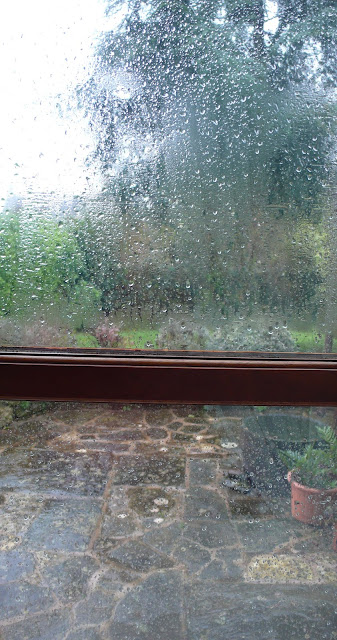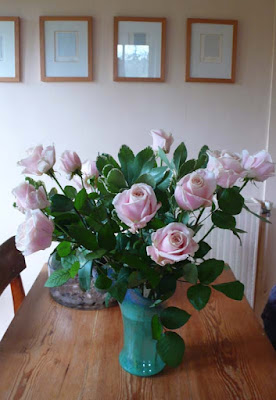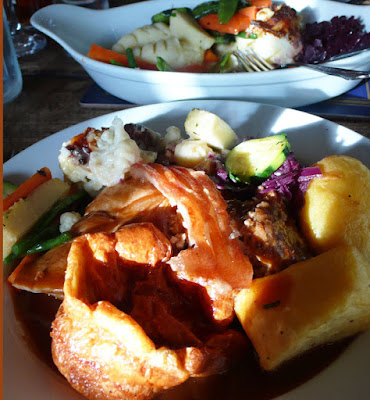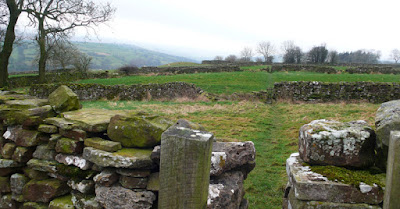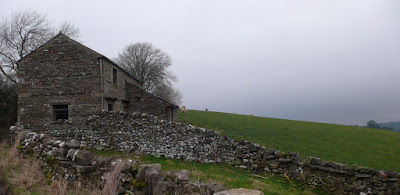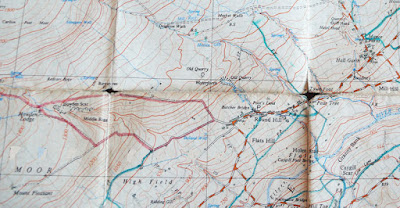Small beer compared to the problems many of our fellow countrymen are having to deal with as one rainstorm follows another. It has been going on for weeks now.
When we first moved into our present home we found water flowing under the front door during an excessive rainfall. The second time it happened Himself went out and bought two long lengths of large plastic piping. He drilled them with holes and then set to work digging troughs in the lawn. The pipes were laid sloping away from the house and the lawn re-established. Problem solved. It's good to be married to a practical man!
I'm at my lowest ebb in February, it is always a miserable month and seems especially so this year, beset as we are with both political and ecological problems. I received a parcel this morning from our elder daughter, a cheer-up gift of roses.
The variety is, 'Avalanche'. We've had wind, floods and hailstones and while I'm delighted to have an avalanche of roses I don't want one of anything else!
What a cheering sight on a wet and windy February day.
I've put the flowers in the dining room out of the heat of the kitchen so that they will still be looking good when our daughter pops home for a visit at the end of next week.


